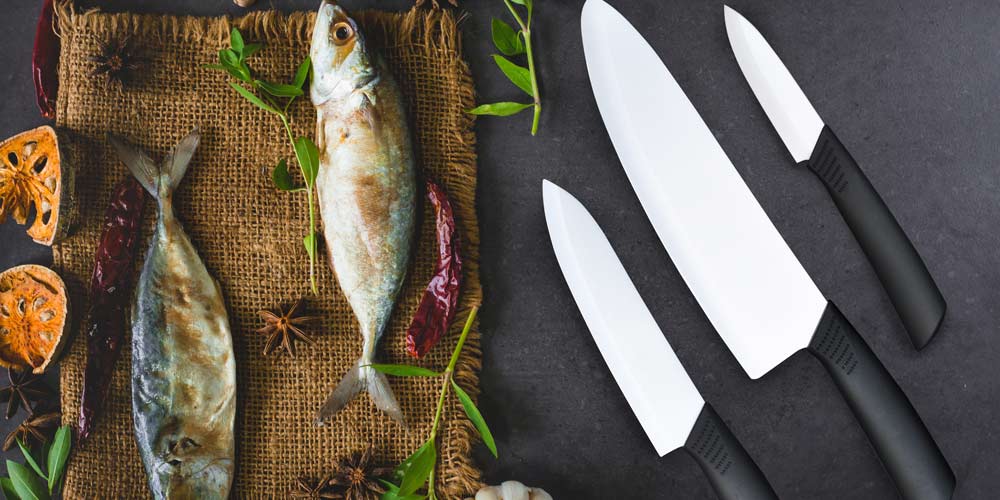Forged Vs. Stamped Best Chef Knife
I’d want to emphasize that picking the best chef knife that will work best for you is a very subjective process. What matters most is what feels excellent in your hand – which one provides you with the most comfort, confidence, and control when you’re chopping or slicing. However, there are some significant distinctions between knives, and understanding them can assist you in determining which is the best option for you. Let’s start with the method of manufacture, namely whether the blades are forged or stamped.
Forged Knives:
Forged knives are often heavier than stamped knives, and the blades are typically more challenging than those made with stamped steel. A tool’s balance is improved by adding weight at its center of gravity, which is achieved by choking up the handle with the bolster.
Stamped:
A stamped knife is made by cutting a big sheet of metal into smaller pieces. In many cases, stamped blades are lighter than forged knives, which some chefs prefer while doing repeated prep duties to avoid hand strain (think: an eight-hour shift prepping veggies). When compared to forged knives, stamped knives are often (but not always) less costly.
Western Vs. Japanese Vs. Hybrid
When it comes to the knife’s design, there are three basic types to consider: Western, Japanese, and hybrid designs. The blade edge angle is the most significant distinction between Western-style and Japanese-style knives, and it may be found in both. Double-bevel edges are often seen on western knives, and they are honed to a 20-degree angle uniformly on both sides on each side. These knives are also constructed of somewhat softer steel, which makes them less brittle than Japanese-style blades.
Additionally, the knife’s blade is curved, allowing for the “rocking” action characteristic of chefs’ knives. Japanese best chef knives have traditionally had narrower, single-bevel edges, meaning that the blade is only angled on one side of the blade (double-bevel ones do exist). A lesser angle, roughly 15 degrees, is used to sharpen Japanese blades, and they are built of more rigid, super-sharp steel. Because of their straighter blades, single-bevel knives are best suited for precision work by creating thin, perfect slices. If you are looking for the best chef knife, click on this link.
When Buying A Chef’s Knife, Look For The Following Features:
Five tests were conducted to evaluate the best chef knife, with a rating system ranging from one to five stars (one being the worst and five being the finest).
- How well did the knife perform while cutting through several various types of food? What was the quality of the cuts?
- The ease with which it may be used: How pleasant was it to use the knife with various grips for various tasks? When cutting, how much force did you have to use? In any of the tests, was there any friction, sliding, catching, or snagging?
- How did the knife blade react to cleaning? Did the blade scrape readily, and did the handle maintain any color or smell after cleaning?
Conclusion
These knives are only available in right- or left-handed versions, and they must be polished on a whetstone or by a professional. These hybrid-style knives are traditionally produced from Japanese solid steel. Still, they feature the more user-friendly double-bevel edge of Western-style knives, which can be readily honed and sharpened in the comfort of one’s own home.
